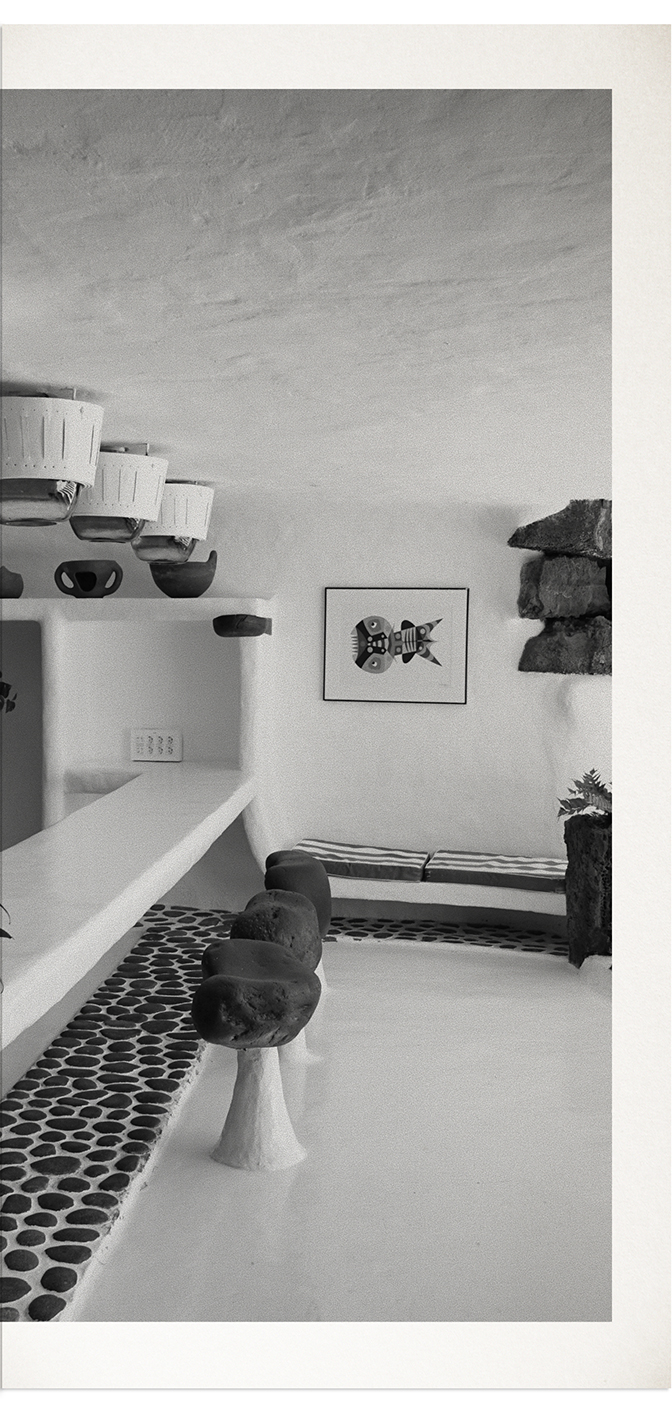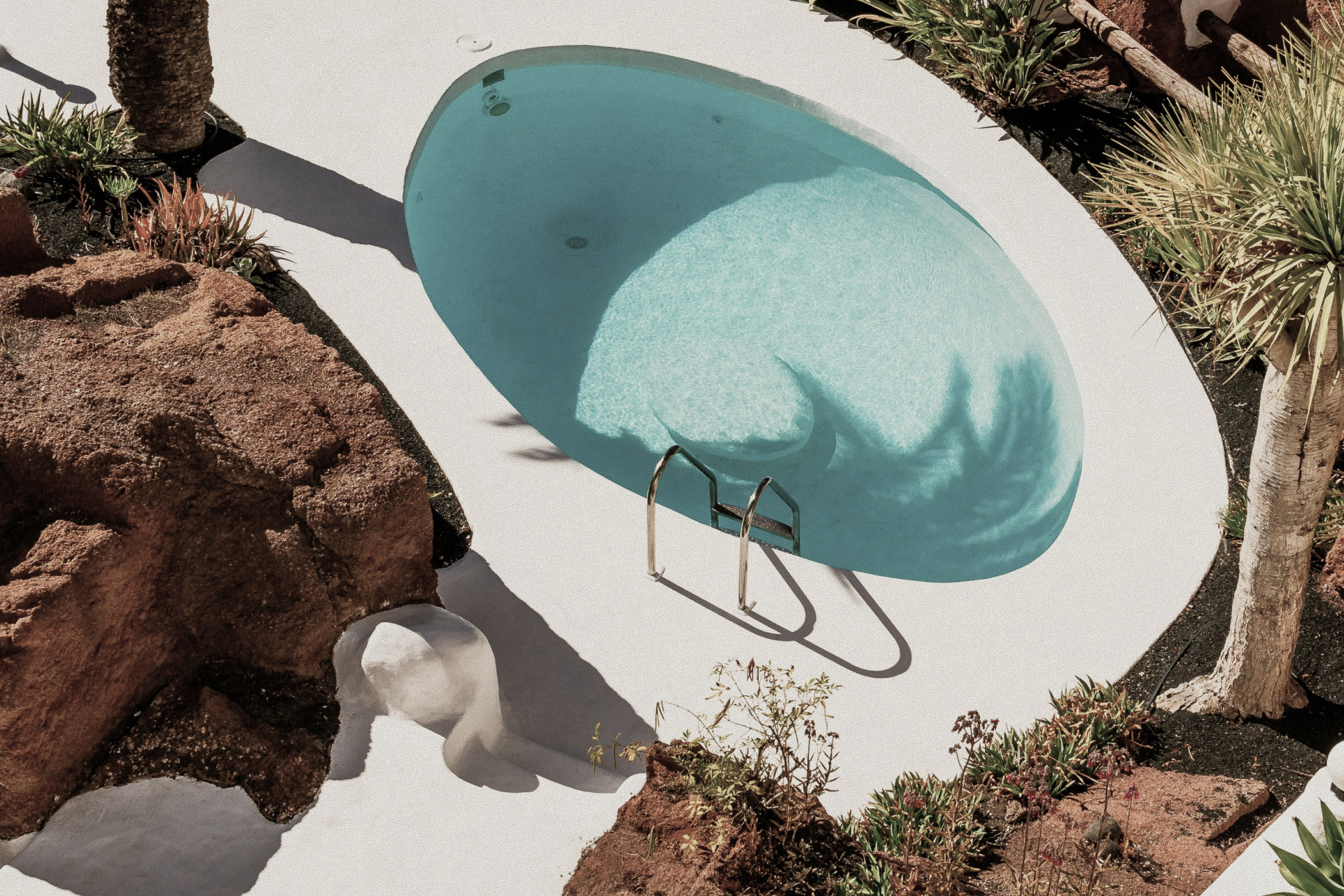César Manrique.
El artista
To talk about Lanzarote without mentioning César Manrique is like trying to understand a work of art without knowing its inspiration.

The
Artist
To talk about Lanzarote without mentioning César Manrique is like trying to understand a work of art without knowing its inspiration. Painter, sculptor, architect, landscaper—and above all, tireless advocate for harmony between nature and human creation—Manrique didn’t just transform the island’s landscape; he shaped a new aesthetic and ecological awareness for the entire territory.
Born in Arrecife in 1919, Manrique was far more than an artist: he was ahead of his time, a holistic creator deeply rooted in his surroundings. His paintings—initially influenced by surrealism and later by abstraction—maintain a constant thread: a vibrant dialogue between color, form, and emotion. In his canvases pulses the earth’s energy—lava, wind, and Atlantic light.
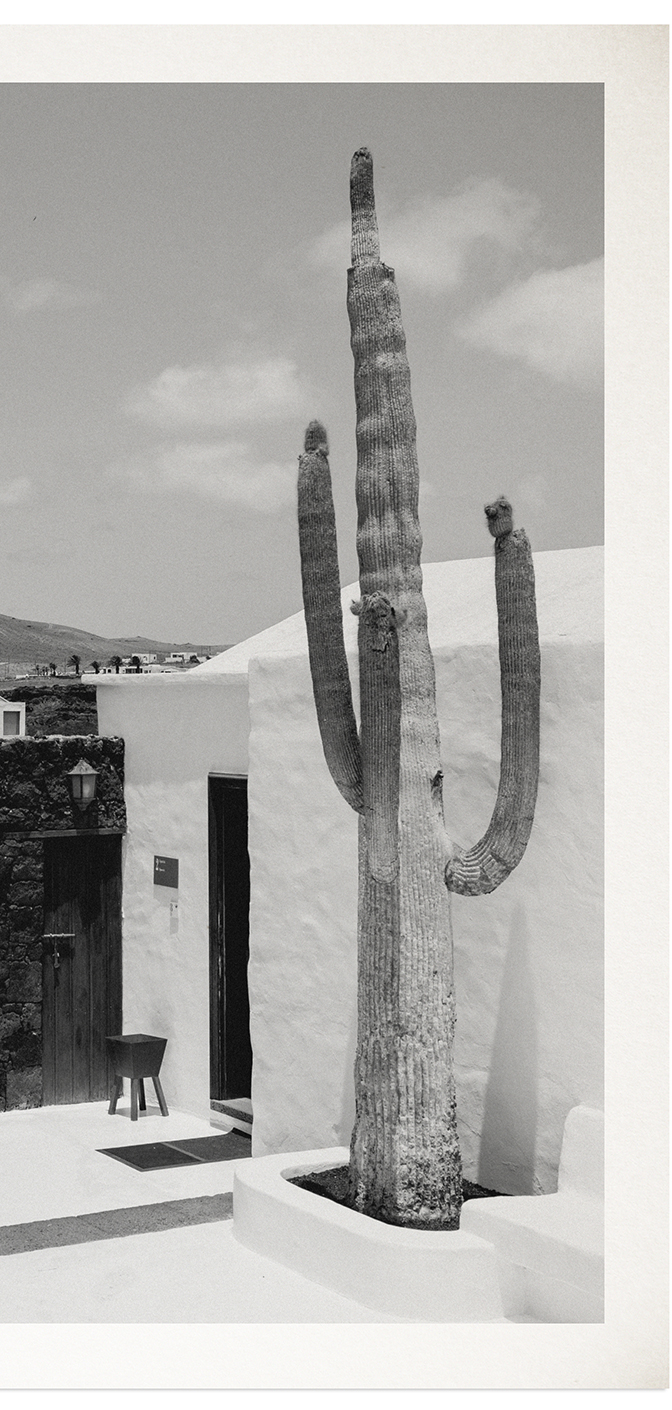


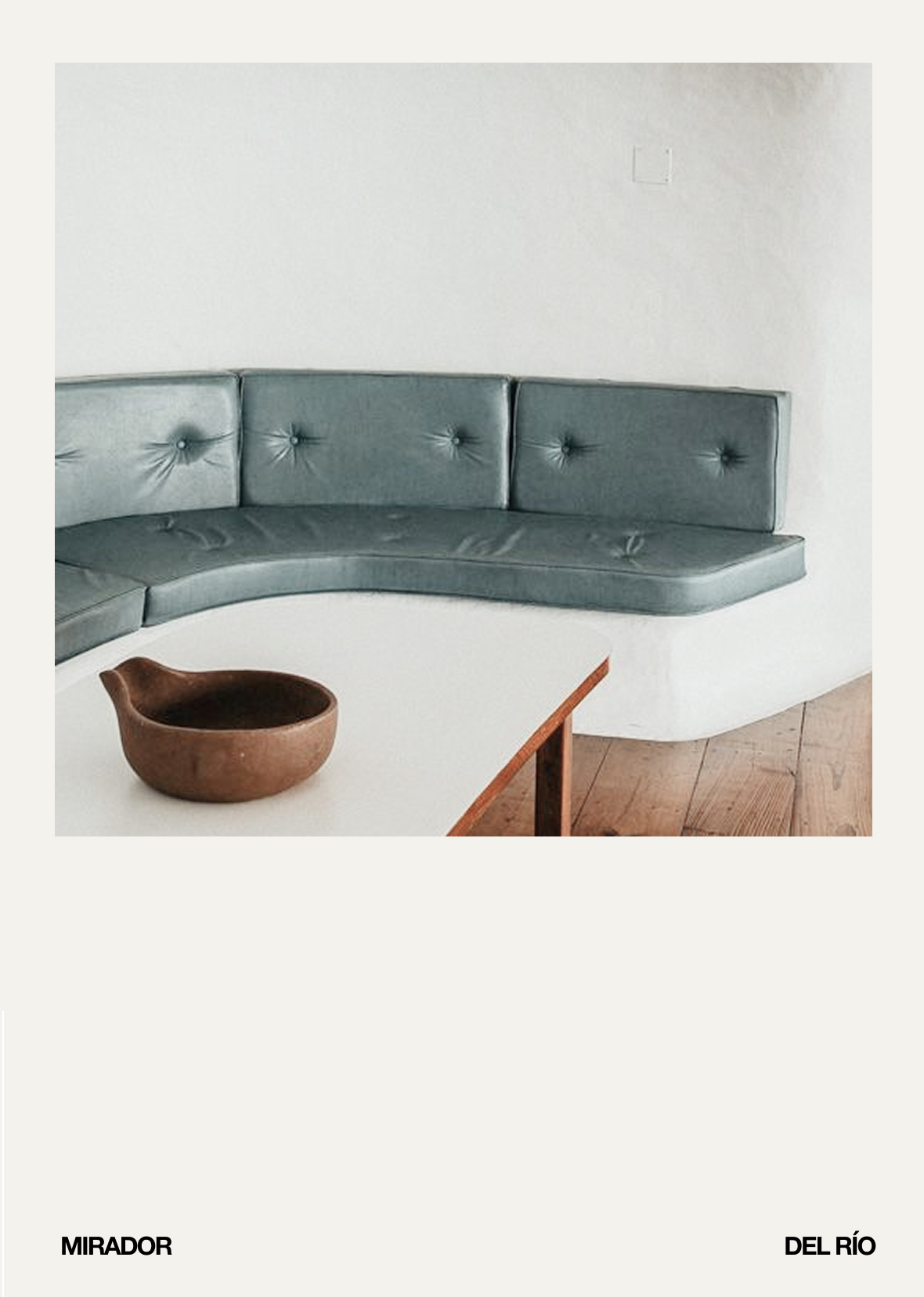
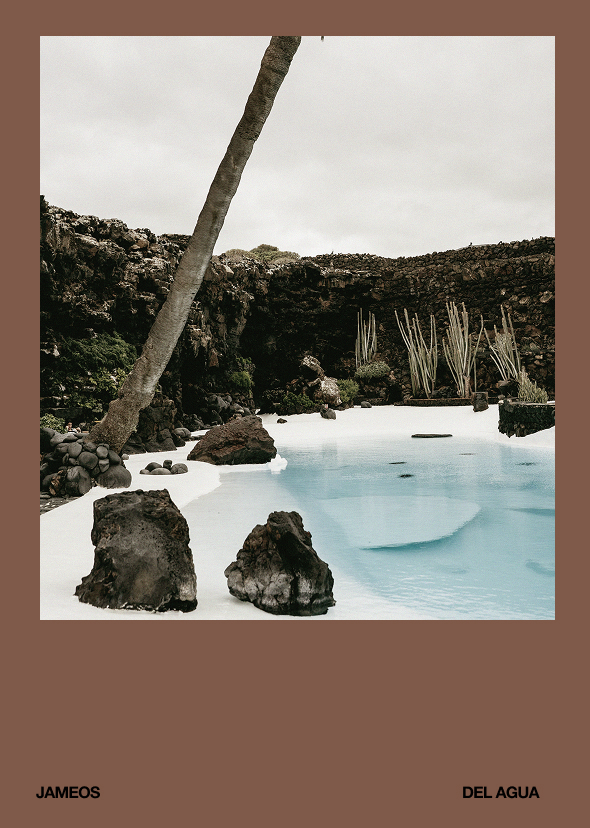
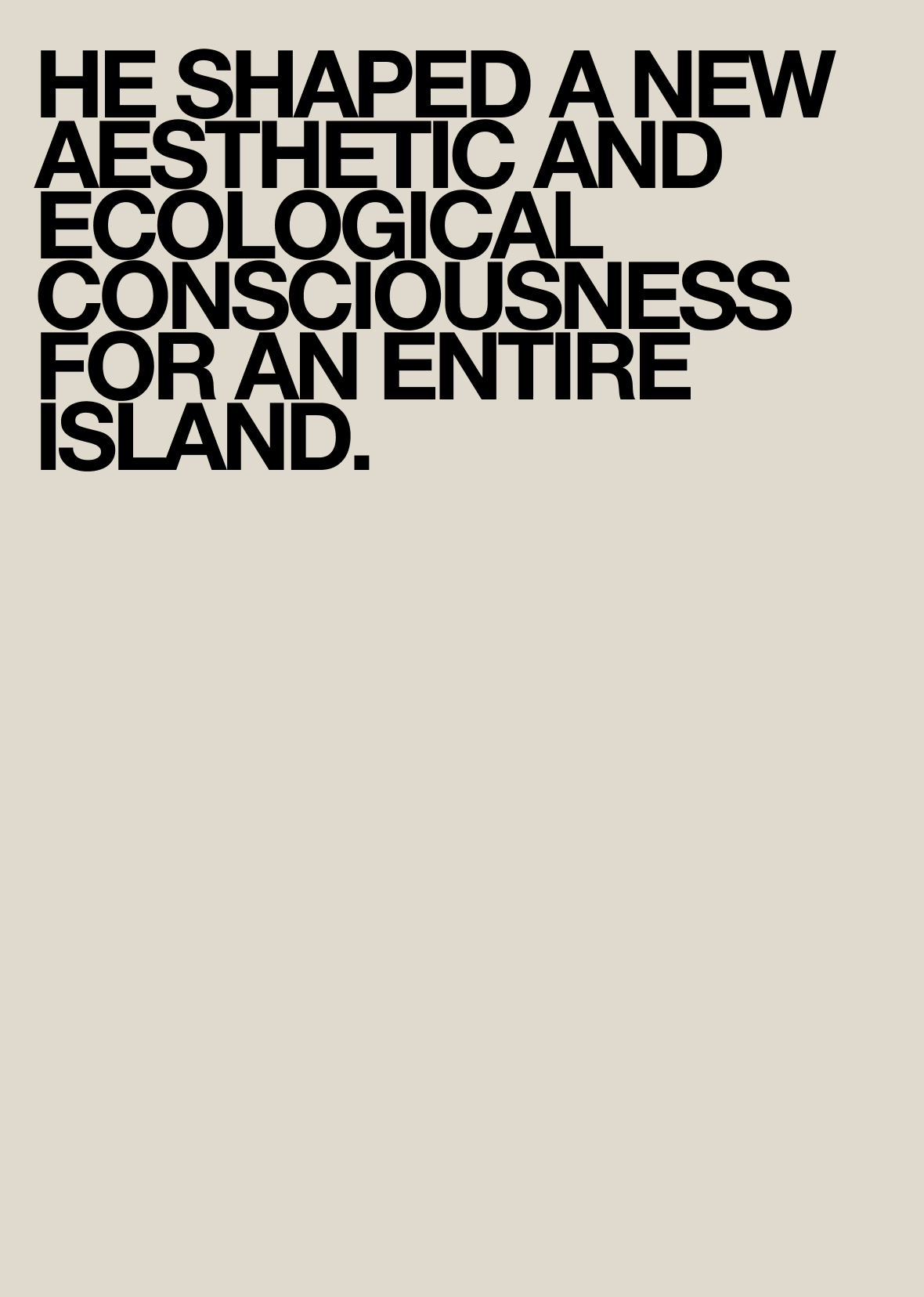
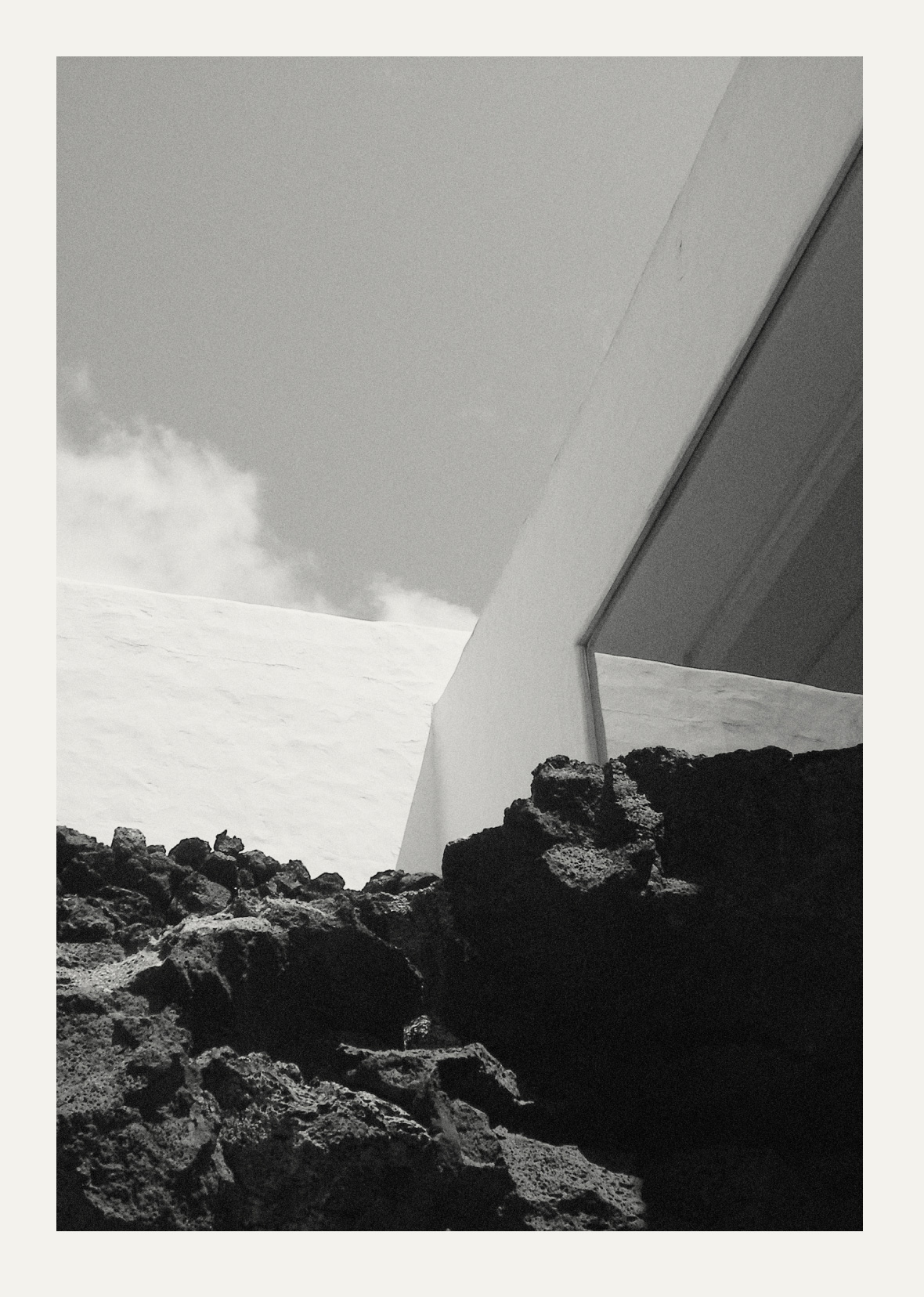

AND
As a sculptor, Manrique gave shape to movement. His kinetic sculptures—found throughout public spaces on the island—were not meant to stand still in museum halls, but to interact with wind, sunlight, and the landscape. Their abstract forms do not dominate; they integrate, as if they sprouted from the volcanic soil itself.
But it was on the island that his art found its fullest expression. Lanzarote became his masterpiece. Projects such as Jameos del Agua, Mirador del Río, and his own home in Tahíche—now the César Manrique Foundation—demonstrate how art can coexist with the land without imposing upon it. Manrique didn’t build against the landscape; he built from it and for it. His guiding principle was clear: “There is no possible beauty without respect for the environment.”
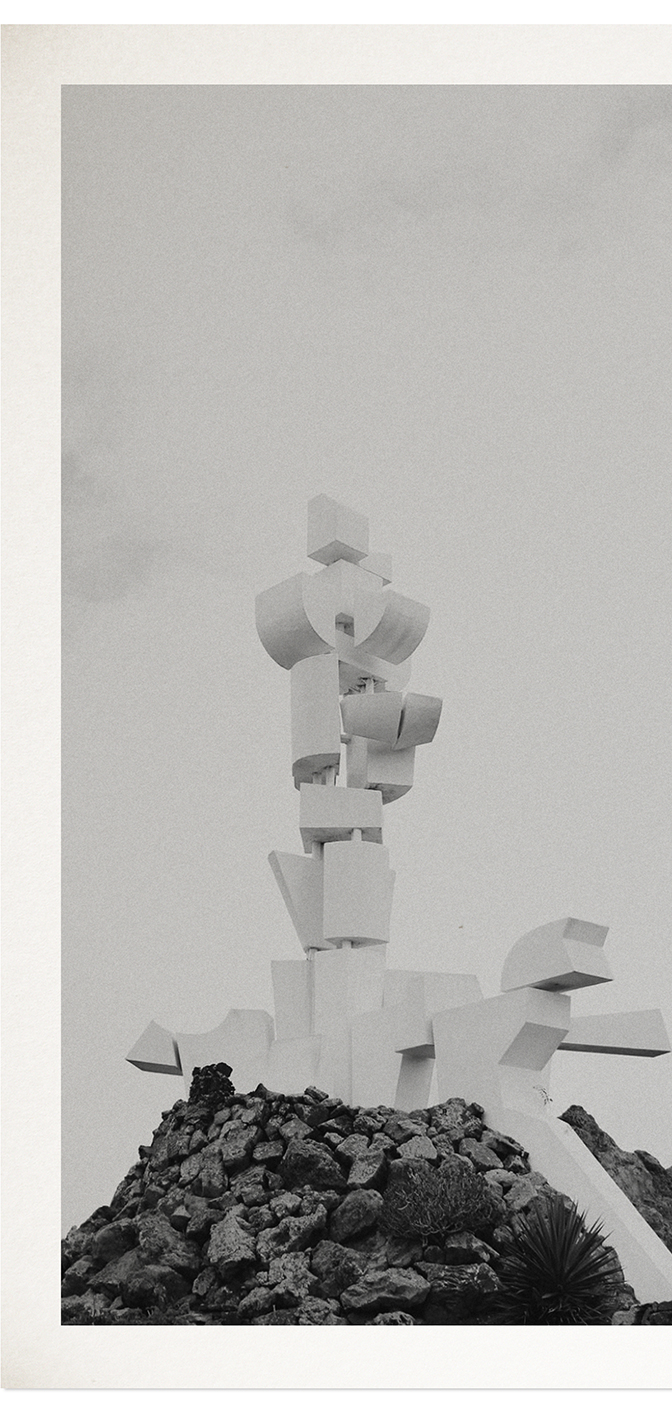
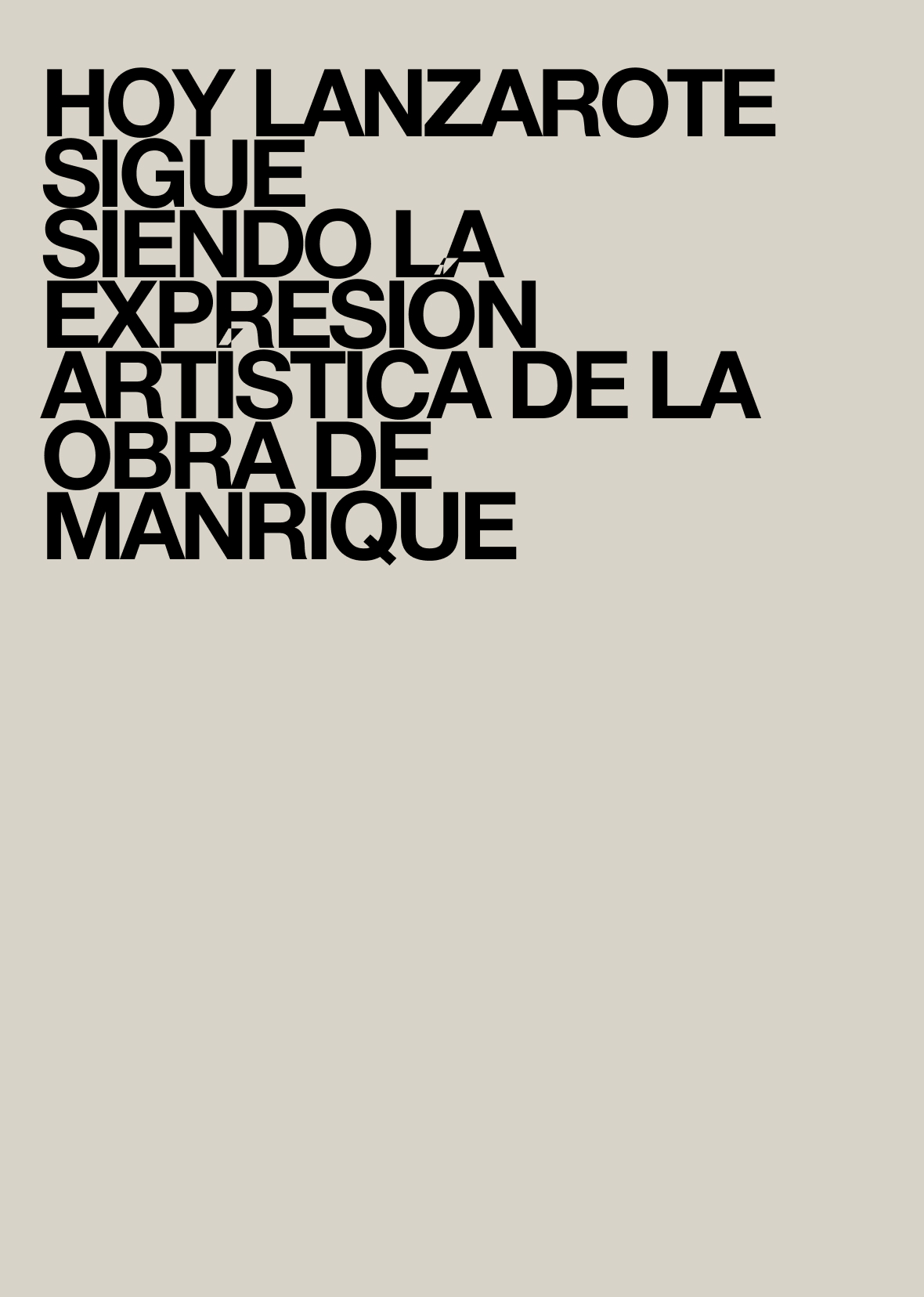
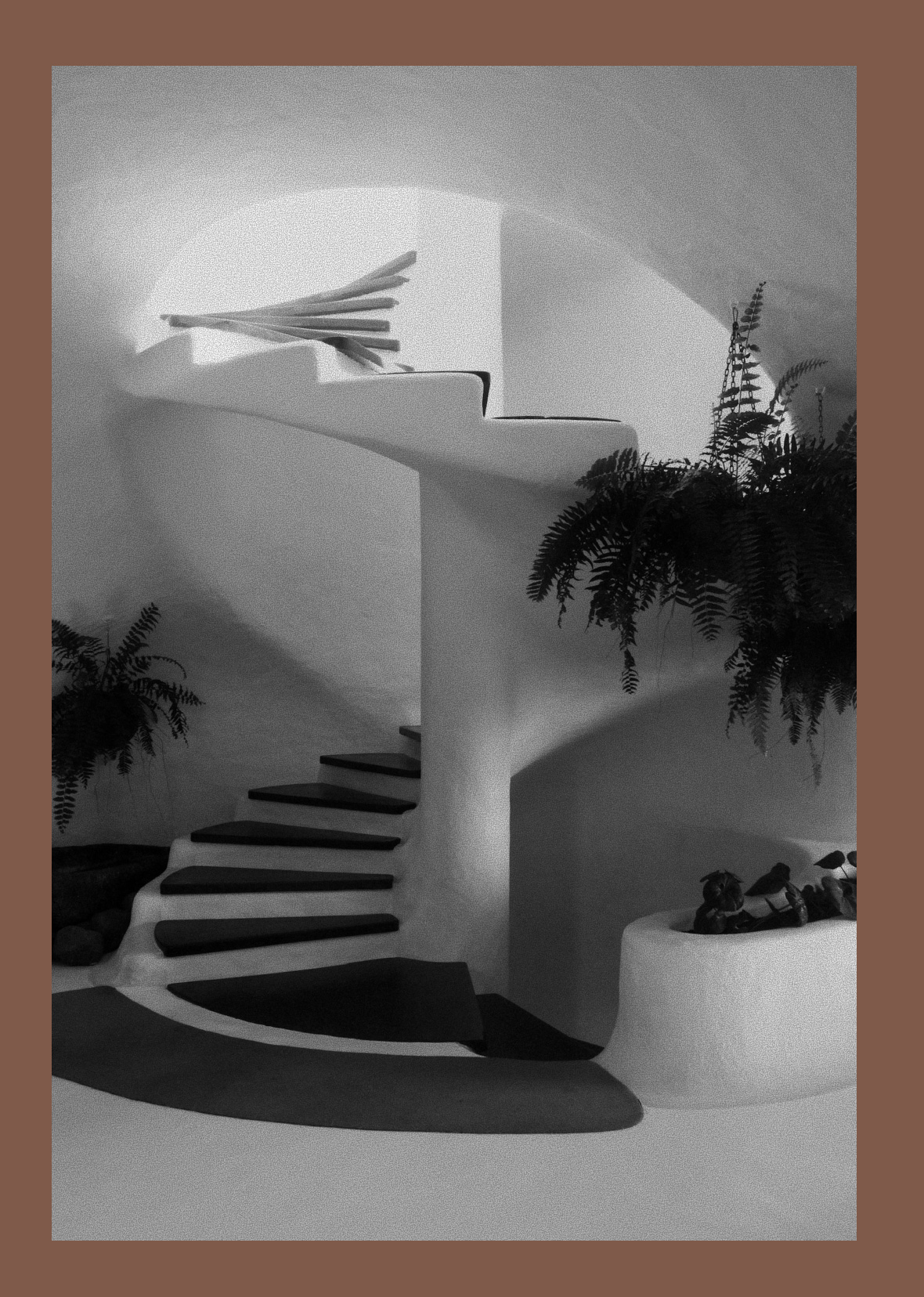
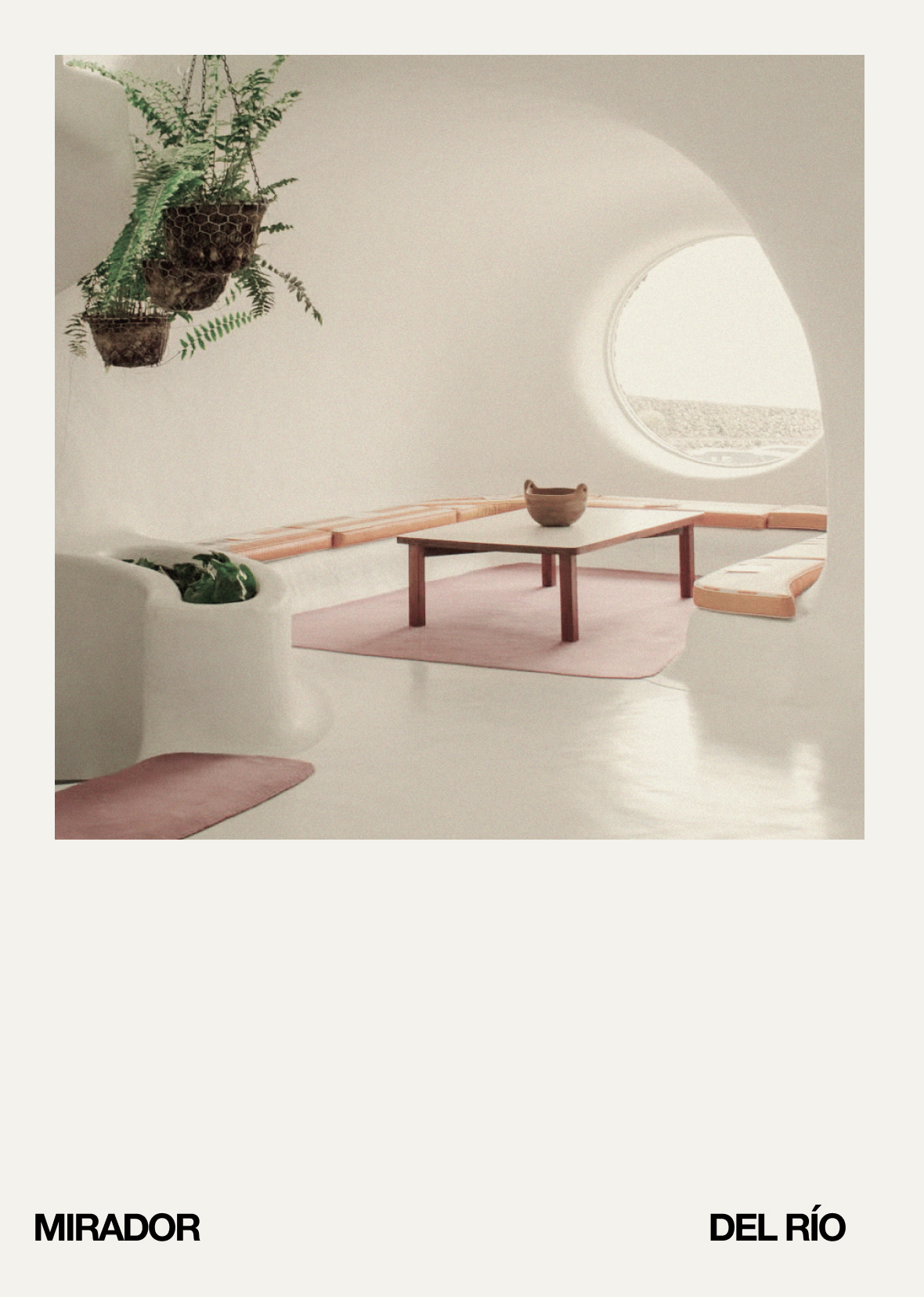
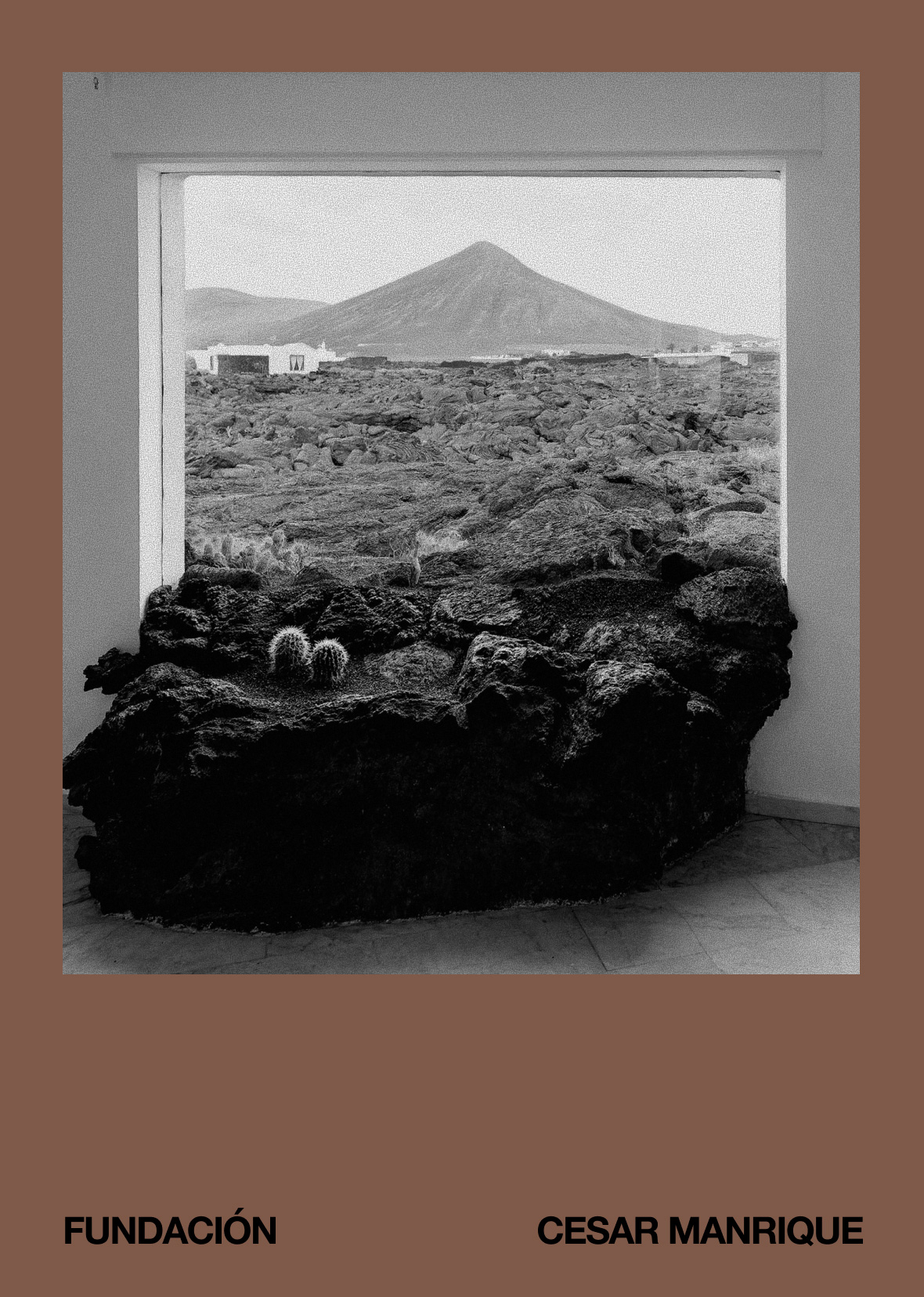
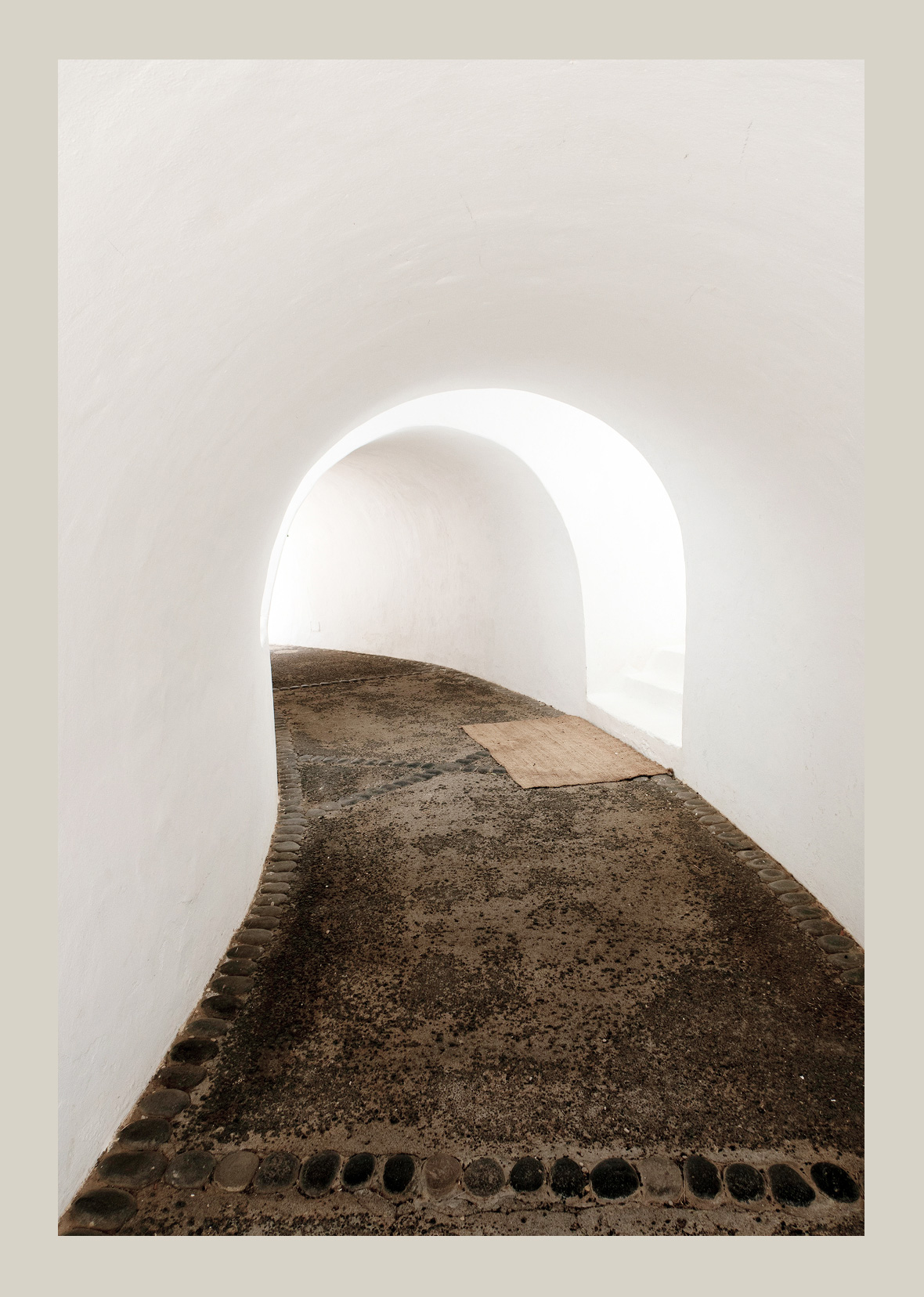
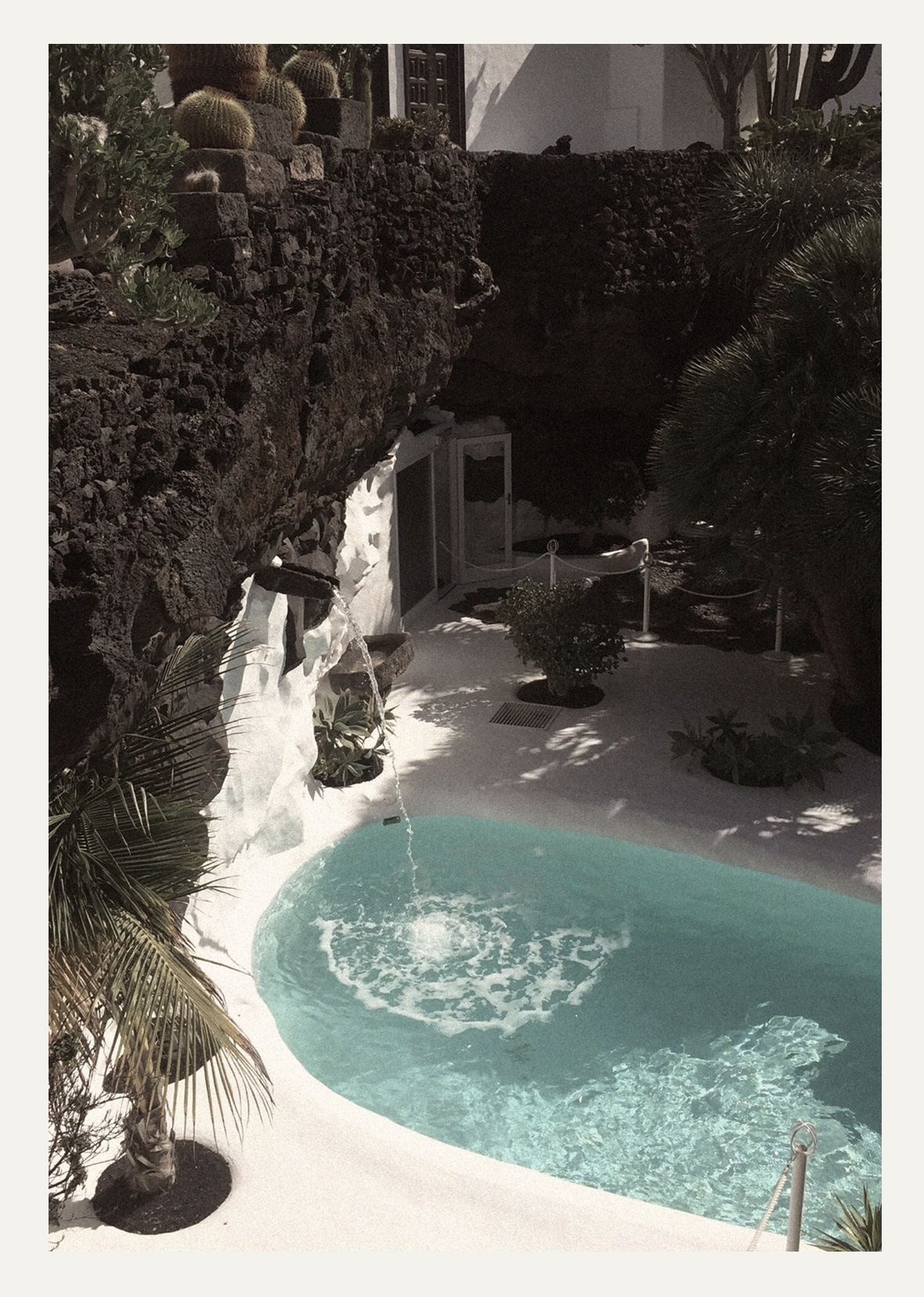

The
Place
Today, Lanzarote remains the living, artistic realization of Manrique’s vision.
At a time when tourism threatened to distort the island’s identity, Manrique spoke out and put himself on the line. His artistic activism was political, though non-partisan. He championed architecture adapted to the surroundings—no skyscrapers, no excesses—respecting local forms. Thanks to his influence, Lanzarote has preserved a harmony that many other tourist destinations have lost.
César Manrique passed away in 1992, but his legacy is decades alive. Not only in his remarkable works, but in the cultural and ethical model he left behind: art that is useful, beautiful, and committed to nature. Today, amid climate crisis and mass tourism, his vision resonates more strongly than ever.
